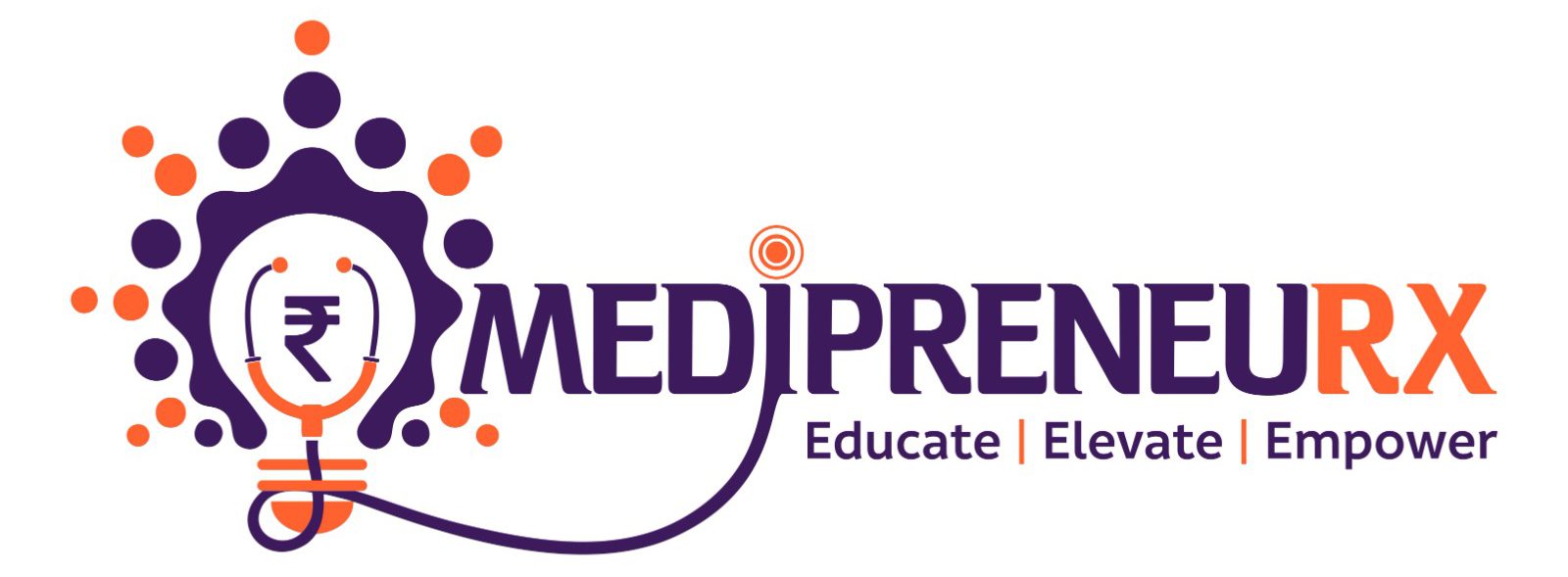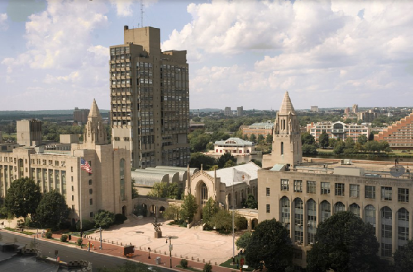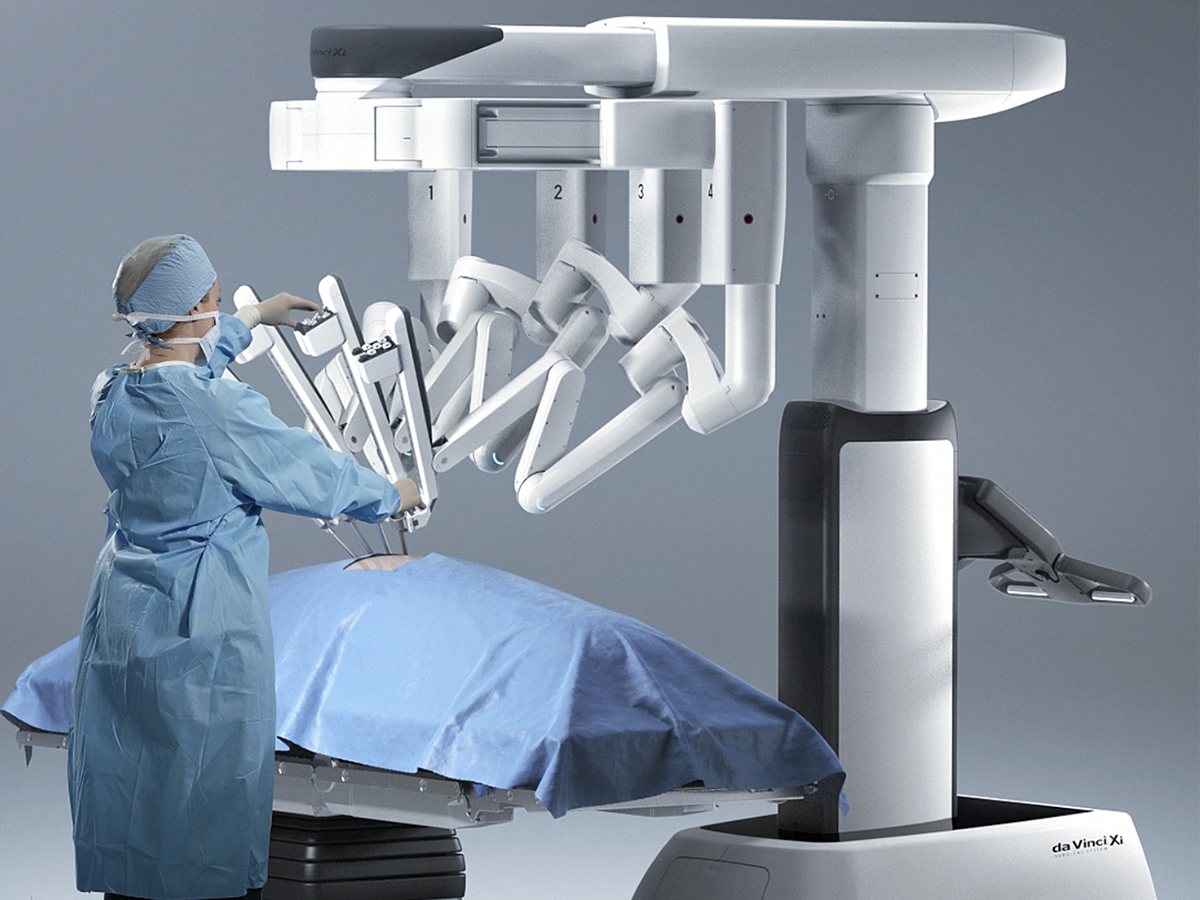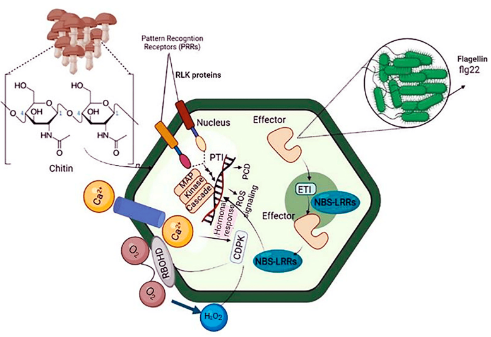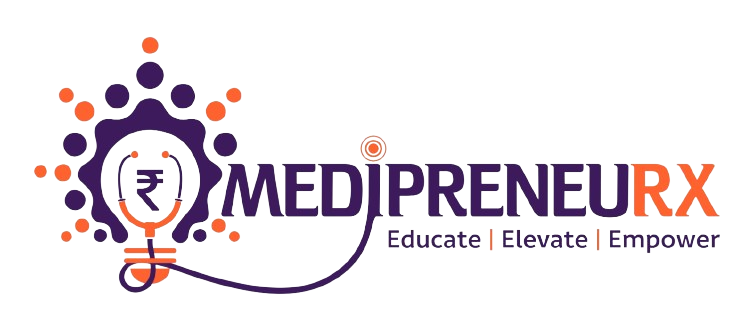A major improvement in emergency medical care is the creation of a new smartphone application that can identify strokes in a matter of seconds. With an amazing accuracy rate of 82%, this cutting-edge gadget that uses artificial intelligence (AI) algorithms provides first responders and paramedics with a useful tool.
The operation of the program depends on AI-driven analysis of muscle movements and facial symmetry, two important markers that can indicate a stroke. This technology facilitates the rapid identification of common stroke symptoms, including diminished facial expressions, speech impairment, loss of muscle control, and bewilderment.
The application’s design reasoning is explained by lead author Guilherme Camargo de Oliveira of the Royal Melbourne Institute of Technology (RMIT) in Australia. Asymmetrical facial expressions are frequently the result of unilateral facial muscle alterations following a stroke. Based on face asymmetry, the application’s AI technologies may quickly identify strokes by detecting these minute alterations.
The positive outcomes of the application’s trial phase are highlighted in the research team’s findings, which were published in the journal Computer Methods and Programs in Biomedicine. The program proved its efficacy in correctly recognizing stroke cases by examining video recordings of the facial expressions of both healthy individuals and stroke sufferers.
Improving patient outcomes and lowering long-term disability require early stroke identification. Prompt intervention dramatically reduces the incidence of stroke-related side effects. Although it is not meant to take the place of in-depth clinical diagnostic testing, the smartphone application is a useful adjunct for identifying patients who require immediate medical attention.
The corresponding author, RMIT professor Dinesh Kumar, highlights the value of real-time diagnostic tools in emergency scenarios. He points out that a significant portion of strokes remain undiagnosed at community hospitals and ERs, emphasizing the necessity for effective and user-friendly diagnostic tools.
The smartphone application’s success rate, which is similar to paramedics’, highlights how revolutionary it could be for stroke diagnosis in a variety of contexts. First responders working in difficult environments will find it especially useful because of its intuitive interface and quick evaluation capabilities.
The creation of the application also fits with the continuous developments in healthcare technology, where AI and machine learning are essential for improving patient care and diagnostic accuracy. This tool, which uses AI algorithms and facial recognition, is an excellent example of how technology may be used to improve medical outcomes and save lives.
In emergency medicine, the development of the smartphone application for stroke detection marks a critical turning point. Its quick identification of stroke symptoms using facial clues demonstrates the revolutionary potential of AI-powered medical technology. Innovations in technology have the potential to improve patient outcomes and healthcare delivery in a variety of medical contexts as it continues to advance.
SOURCE:
NDTV
